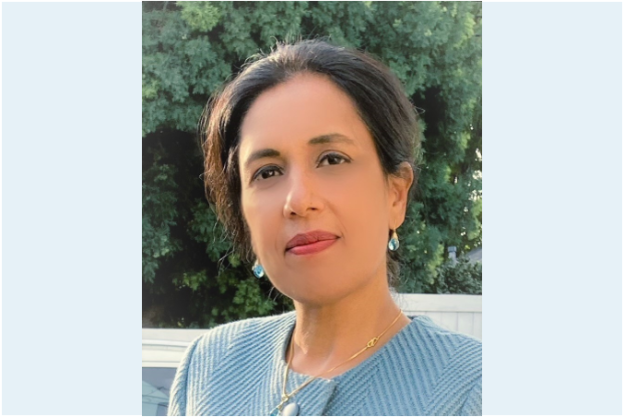
Five questions for … Dr. Amandeep Sahota
Amandeep Sahota, MD, directs the Department of Hepatology at the Kaiser Permanente Los Angeles Medical Center. She is also assistant medical director of Transplant Services for Kaiser Permanente Southern California. In this role, she promotes clinical quality programs, implementation of virtual medicine, and data analytics on chronic diseases outcomes. Her efforts have improved patient access to care, advanced screening for advanced liver disease, and innovated care delivery and support for liver patients. Dr. Sahota led the development of the “out-of-state” kidney transplant program, the first of its kind in California and Kaiser Permanente, which is expected to greatly reduce wait time for a kidney transplant.
She also conducts clinical trials on liver diseases, including several that are underway on non-alcoholic steatohepatitis (NASH) and enrolling patients.
What are the latest studies you’re overseeing on NASH?
We’re conducting 2 clinical trials on the safety and efficacy of treatments for non-cirrhotic NASH and liver fibrosis. We completed 2 studies in 2018 and 2020 and are hopeful that all will lead to medications for this undertreated disease for which pharmacologic interventions are limited. Studies also help raise awareness that NASH patients can manage their disease by losing weight, eating healthfully, and managing cholesterol and blood pressure. One of my patients feels significantly better after drastically changing his lifestyle, including losing 30 pounds. His diabetes, cholesterol, and blood pressure are under control. Interventions like these are often suggested by primary care or family medicine providers who are the first to see patients early in their disease. Once fatty liver is diagnosed, patients are often referred to specialists on my team.
How does NASH develop and why is it so undertreated?
NASH often starts with nonalcoholic fatty liver disease (NAFLD), a condition where fats build up in the liver. Fatty liver may progress into fibrosis or cirrhosis, which are advanced liver scarring. One in 3 adults in the United States has fatty liver and doesn’t know it, including 70% of people with diabetes. Presently, the only treatment option is to make lifestyle changes (losing weight if overweight), controlling diabetes, and avoiding alcohol. Meanwhile, I’m encouraged that the medications being studied for NASH hold promise.
Who gets fatty liver disease and NASH?
This disease affects all age groups, races, ethnicities, and genders, and we’re seeing more patients in their 30s and 40s identified with this condition.
There can be a genetic component, and we’re trying to understand the genes that predispose to development of NASH. We think it’s caused mostly by environmental factors, and people with high cholesterol and metabolic disorders such as diabetes are predisposed.
Most people with NASH have no symptoms or knowledge of this lurking condition and often are diagnosed very late. Many patients learn about it incidentally during a routine physical, wellness appointment, or blood test that finds elevated liver test values. Sometimes it’s diagnosed after a liver ultrasound for something else. It usually takes 10 to 15 years for the disease to progress, so early diagnosis may help prevent permanent liver scarring if the patient makes lifestyle changes.
What do you hope to accomplish?
I hope to raise awareness about this condition so it can be diagnosed and addressed early. My intention is to educate more patients about taking steps to manage the disease.
NASH is one disease where patients can make a difference through lifestyle changes and alcohol avoidance. Health care providers routinely tell patients to lose weight, exercise, and eat healthfully. But the recommendation may be taken more seriously when the message is that the excess weight, metabolic conditions that lead to NASH may lead to liver disease. I’m passionate to spread the word on this disease as it is preventable and can be stopped from progressing to severe liver disease that may require a transplant.
As a liver transplant physician, I can state that there are not enough organs for those who need them. I’ve also seen so much cancer and other liver disease with very bad outcomes. My goal is to work to develop preventive therapies and provide patients with options earlier in the course of the disease. As the principal investigator on these trials, I can provide access to our members to cutting-edge therapeutics.
When you’re not at work, what do you like to do?
Work is my passion, but outside of that I’m trained in Indian classical dance and enjoy performing. I also like to spend time with my 2 boys, playing video games, watching movies, and hiking on local trails.
Extra question:
What’s the status of the studies and how do people learn more?
We’re enrolling patients now and would like to have 10 in each study. If interested, email KPNASHResearch@kp.org, or call 323-783-8977. For more information on fatty liver, view this video in English or Spanish.





